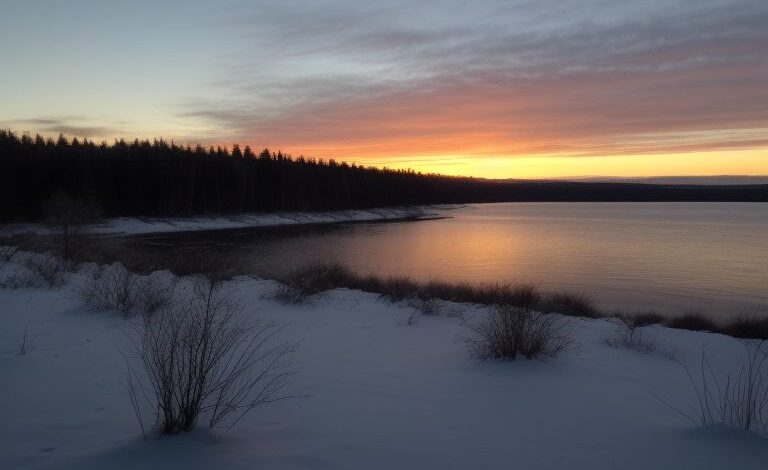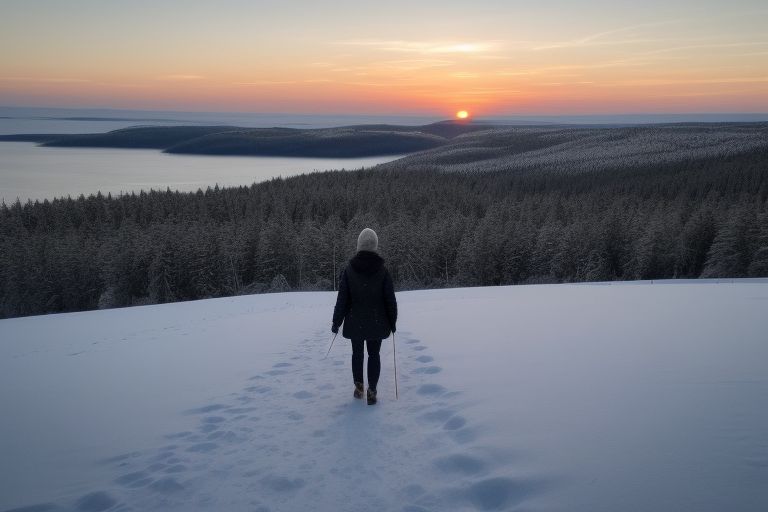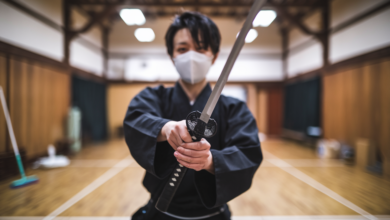What Time Does It Get Dark A Simple Guide to Understanding Sunset Times

What time does it get dark? This is a question that many people ask, especially when planning outdoor activities or just trying to understand the changes in daylight throughout the year. The time it gets dark can vary based on where you are and what time of year it is. Knowing when sunset happens helps you plan your evening, whether you’re planning a family dinner, taking a walk, or simply enjoying a quiet moment in nature.
The time of sunset changes every day because the Earth is constantly moving around the Sun. As the seasons change, the length of daylight gets shorter or longer. In summer, the days are longer, and it gets dark later. On the other hand, in winter, the days are shorter, and the darkness comes earlier. So, the simple answer to “what time does it get dark?” can be different depending on where you live and what time of year it is.
What Time Does It Get Dark Today A Quick Guide to Finding Sunset Times
Finding out what time it gets dark today is easier than ever. Several online tools and apps let you check sunset times for any location. Websites like timeanddate.com or weather apps provide sunset data specific to your city. All you need is your current location, and you’ll get an accurate time for when it will get dark. It’s important to keep in mind that sunset times change daily, and they are influenced by both the time of year and your geographic location. By checking these resources, you can easily plan your activities and make the most of daylight hours. Whether it’s for a walk or a family gathering, knowing what time it gets dark helps you stay on track with your plans.
How Does the Season Affect What Time Does It Get Dark

The season plays a major role in determining what time it gets dark. During the summer, the days are longer, so the sun sets later, giving you more daylight to enjoy outdoor activities. On the other hand, in the winter months, the days are shorter, and it gets dark much earlier. This happens because of the Earth’s tilt, which causes longer daylight hours in some seasons and shorter ones in others. For example, in the Northern Hemisphere, the summer solstice occurs around June 21, when days are longest. Conversely, around December 21, the winter solstice brings shorter days and longer nights. Understanding how the seasons affect sunset times can help you adjust your plans and get the most out of daylight.
Why Does Sunset Time Change Every Day Exploring the Earth’s Movements
The time of sunset changes every day due to the Earth’s orbit around the Sun and its tilt on its axis. As the Earth moves along its elliptical path, the angle at which sunlight reaches the Earth shifts, causing the length of daylight to vary. This means that the exact time of sunset gradually changes throughout the year. The change in sunset time is more noticeable as we move between seasons. In summer, the Earth’s tilt allows for longer daylight hours, and in winter, the shorter days occur due to the tilt away from the Sun. Understanding these movements helps explain why sunset time isn’t constant and why it changes gradually each day.
What Time Does It Get Dark Tips for Planning Outdoor Activities
When planning outdoor activities, it’s important to consider what time it gets dark. Knowing sunset times helps you make the most of daylight and avoid being caught in the dark unexpectedly. For example, if you’re going for a hike, it’s best to start early enough to complete your journey before sunset. For family gatherings or outdoor events, knowing when it gets dark lets you prepare accordingly with lights or a backup indoor plan. You can use apps or websites to find accurate sunset times based on your location, ensuring your plans fit the available daylight hours. By being mindful of sunset, you can enjoy a safe and enjoyable experience outdoors.
What Time Does It Get Dark in Summer vs. Winter Understanding Daylight Hours
The time it gets dark in summer versus winter can be drastically different. In the summer, the days are longer, and sunset happens much later in the evening. This gives people more time to enjoy outdoor activities and events. For example, in some places, sunset can be as late as 9:00 p.m. or even later. However, in winter, the days are much shorter, and it can get dark as early as 4:00 p.m. or 5:00 p.m. This shift in daylight is due to the Earth’s tilt and its orbit around the Sun. Understanding the difference between summer and winter daylight hours helps you plan ahead for your day and manage your time effectively.
How Can I Find Out What Time It Gets Dark Near Me Easy Sunset Time Tools
Finding out what time it gets dark near you is easy with a variety of tools available. Many weather apps and websites provide specific sunset times for your location. For instance, websites like timeanddate.com and weather.com allow you to enter your city or ZIP code and get accurate sunset information. You can also download smartphone apps that send you daily reminders for sunset times based on your location. If you’re planning an outdoor activity, checking these tools ensures you’ll know exactly when the sun sets, so you can adjust your schedule accordingly. With so many options, tracking sunset times has never been more convenient.
What Time Does It Get Dark and Why It’s Important for Your Daily Routine
Knowing what time it gets dark is important for organizing your daily routine, especially if you rely on natural light to guide your activities. If you’re working, studying, or doing chores, being aware of sunset times can help you structure your day better. For example, if you plan to exercise outside, you can schedule your workout during daylight hours to avoid exercising in the dark. Additionally, understanding sunset times helps you plan evening activities, such as preparing dinner or spending time with family, without being caught off guard by darkness. By incorporating sunset time into your daily planning, you can make sure your activities align with available daylight.
Understanding Sunset Times: What Time Does It Get Dark Where You Live
Sunset times vary depending on where you live, and knowing what time it gets dark where you live can help you make better plans. If you live in northern regions, for instance, you may experience longer days in the summer and shorter days in the winter. Meanwhile, closer to the equator, the difference in daylight hours is smaller throughout the year. This is because the Earth’s tilt affects different parts of the world in different ways. To get an accurate idea of what time it gets dark in your area, check local weather stations, apps, or websites that provide sunset times for your specific location. This will help you stay on top of daily light changes.
What Time Does It Get Dark: Your Simple Guide to Tracking Daylight Hours

Tracking what time it gets dark is simple with the right resources. By understanding the shift in daylight hours throughout the year, you can plan your day better. There are various tools that provide accurate sunset times for any location. These include websites, weather apps, and even smart home devices that notify you when the sun is setting. To get a clear idea of what time it gets dark in your area, check resources like timeanddate.com, which allow you to input your location and find sunset times easily. Tracking daylight hours ensures that you can stay productive and enjoy your outdoor activities before night falls.
How Do Time Zones Affect What Time It Gets Dark in Different Places
Time zones play a key role in determining what time it gets dark in different places. Since the Earth is divided into 24 time zones, sunset times vary depending on where you are. A city on the eastern side of a time zone will experience sunset earlier than a city on the western side. Additionally, time zones in different parts of the world also have different lengths of daylight depending on their distance from the equator. For example, during summer months, cities further north experience longer days with later sunsets, while those closer to the equator have relatively consistent sunset times year-round. Understanding time zones helps explain why sunset times vary across different locations.
Conclusion
In conclusion, knowing what time it gets dark is useful for planning your day and outdoor activities. It helps you organize your routine and make the most of the daylight hours. Whether you’re going for a walk, having dinner, or enjoying time outside, understanding sunset times ensures you don’t get caught in the dark. You can easily check sunset times using apps or websites that give you accurate information based on your location.
Remember, the time it gets dark changes with the seasons, and it varies depending on where you live. It’s fun to see how daylight hours change throughout the year. By staying aware of sunset times, you can enjoy the outdoors and make the most of each day, no matter the season!
FAQs
Q: What time does it get dark today?
A: To find out what time it gets dark today, you can check sunset times on weather apps or websites like timeanddate.com by entering your location.
Q: Why does sunset time change every day?
A: Sunset time changes daily because of the Earth’s movement around the Sun, which causes the angle of sunlight to shift each day.
Q: How can I find sunset times for my location?
A: You can find sunset times for your location on websites like timeanddate.com or through weather apps on your phone.
Q: Does sunset happen at the same time every day?
A: No, sunset happens at different times every day due to the Earth’s orbit and tilt, which affects daylight hours.
Q: What time does it get dark in the summer?
A: In the summer, it usually gets dark later in the evening, around 8:00 p.m. or later, depending on your location.




